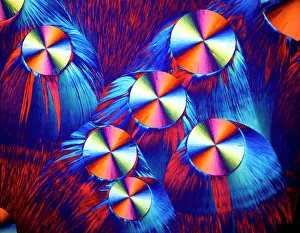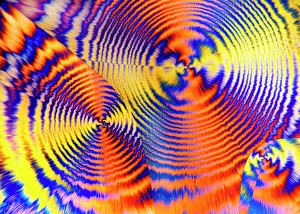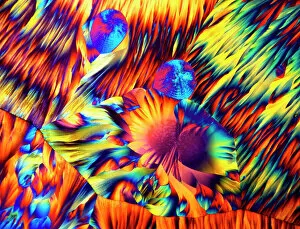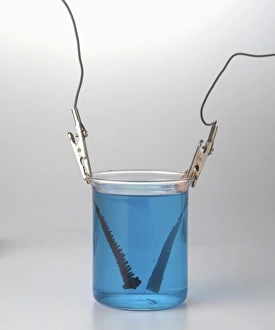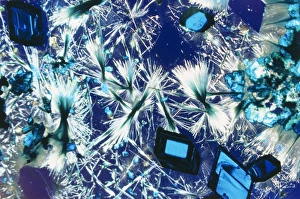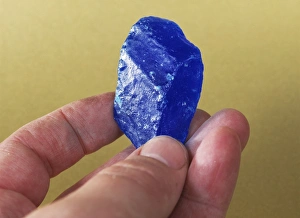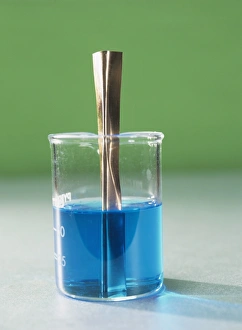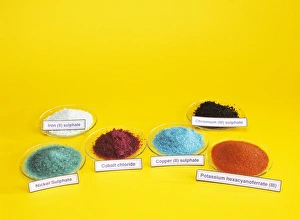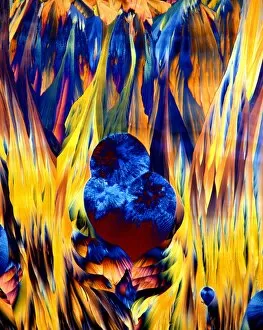Copper Sulphate Collection
"Copper Sulphate: A Versatile Compound for Various Applications" Copper sulphate, also known as cupric sulphate or blue vitriol
All Professionally Made to Order for Quick Shipping
"Copper Sulphate: A Versatile Compound for Various Applications" Copper sulphate, also known as cupric sulphate or blue vitriol, is a chemical compound that plays a significant role in numerous industries. Its unique properties and diverse applications make it an indispensable substance. One common application involves its combination with magnesium sulphate. This mixture, often referred to as LM (liver of magnesia), serves as an effective laxative and antacid medication. The synergistic effects of copper and magnesium sulphates provide relief from digestive discomfort. When isolated, copper sulphate crystals exhibit mesmerizing beauty under the lens of a microscope (LM). These intricate formations showcase the compound's crystalline structure and vibrant blue coloration. Their delicate shapes evoke wonderment and fascination among scientists and enthusiasts alike. Apart from their aesthetic appeal, these crystals find practical use in various fields. Copper sulphate crystals serve as catalysts in chemical reactions due to their ability to facilitate electron transfer processes efficiently. Additionally they can employed in agriculture as fungicides to combat plant diseases effectively. The combination with magnesium sulfate creates a potent solution used for electroplating purposes. By immersing copper strips connected to electrodes into this solution contained within a glass beaker, one can initiate the process of copper purification through electrolysis. This technique helps remove impurities while depositing pure layers of copper onto desired objects. Another method involving heating water mixed with copper sulphate solution using a Bunsen burner results in the formation of blue crystals once cooled down. These strikingly colored crystals hold immense scientific value since they allow researchers to study crystal growth patterns and explore further applications for this versatile metal salt compound. Whether it's aiding digestion through LM or showcasing its captivating crystalline structures under microscopic examination, copper sulphate proves itself invaluable across multiple domains.


